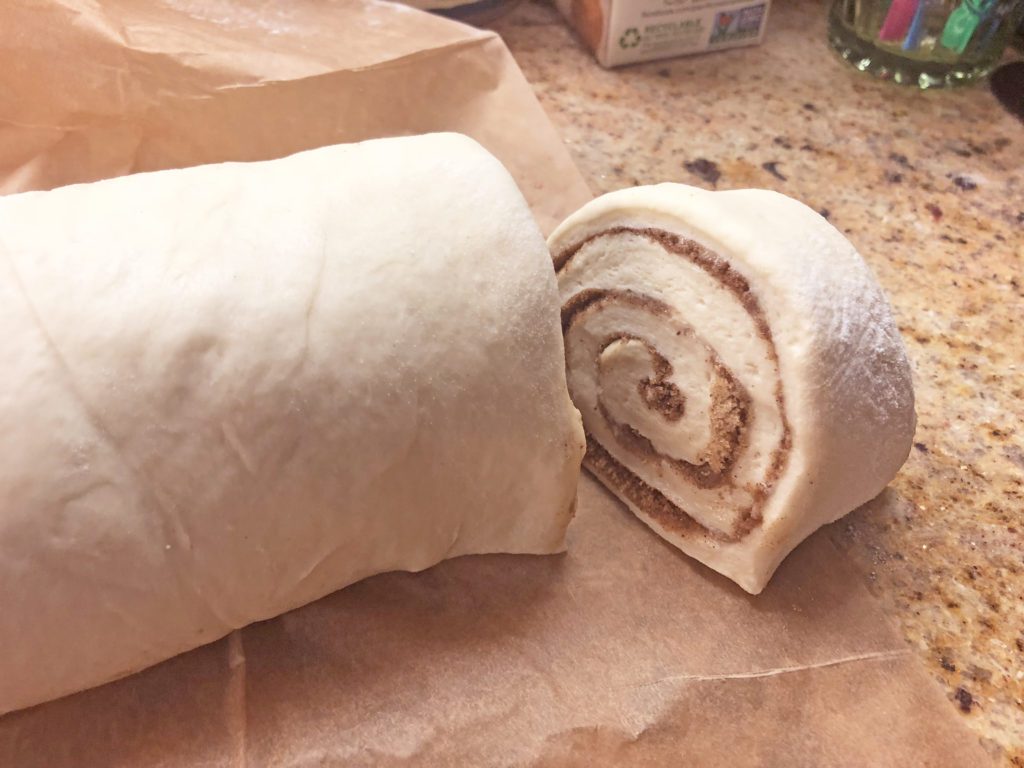So it’s been a very hot minute. Like a multiple year long hot minute. Like a i’m-now-25, have-also-experienced-a-pandemic-and-four-years-of-grad-school hot minute.
You must be wondering: what have I been up to?
It’s not that I don’t cook and bake anymore, it’s that I don’t have the patience for following or recording recipes, nor for taking elaborate photos of my food before diving in, all of which are prerequisites for running a food blog. I also don’t have the patience for making videos of me cooking, nor for uploading said photos and videos to instagram, pinterest, foodgawker, and the rest.
All in all, I still love the act of cooking but as I grow older and my time more precious, the auxiliary parts of food blogging have become a sort of chore.
Here’s what I’ve been interested in and cooking recently:
- Air fried chocolate chips. You heard it here first: air fried chocolate chips (3-4 minutes at 350 degrees) are the best thing you never knew you needed. I was inspired by the chocolate chips at the top of banana bread or cookies. They always seemed creamier and more fudge-like than chips straight out of the bag. By air frying or baking them, you’re essentially doing 2 things: caramelizing the sugar around their exterior and untempering the chocolate. The result is fudge morsels.
- Vegan eclairs, or more specifically: Vegan pudding cream. 1 packet of whole food vanilla instant pudding + 1 cup of oat milk. Then fold in 1 carton of whole foods (defrosted) vegan whip. The result is the simplest vegan vanilla cream you could imagine. It’s just as good stuffed inside of cupcakes as piped inside of vegan cream puffs or in between two layers of cake. The eclair shell is still a work in progress, but JustEgg is helping me get there.
- Chipotle. Okay, so I’m not actually cooking chipotle, but I sure as heck have perfected my order. Rice bowl with white rice, half and half beans, fajita veggies, guac on the side, corn salsa, light pico, romaine, tortilla on the side, and a side of chips. Then you make a burrito with the tortilla and half of the bowl, and save the other half to eat with chips the next day. It’s the ultimately bang for your buck (in terms of chipotle, of course).
- Washed flour seitan. For about a year, i’ve been on a facebook page related to seitan made with flour rather than vital wheat gluten. The results have been amazing the few times i’ve tried it, but it’s a bit of a process. I’d like to get more into this.
Okay, but what have I been up to? (Besides grad school, of course).
- Luke and I have a dog now! Her name is Tuzi, she’s a miniature poodle, and she was rescued from the dog meat trade in china. You can check her out here on instagram. She’s a total goof.
- I’ve been buying and selling a lot of clothes. In the past few years, I’ve gotten more interested in fashion than ever before. Even through college, I hardly thought about my clothing or what I was wearing. At most, I had a few favorite items that I thought “looked good”. I discovered thrifting during my first year at grad school, and it has sent me on an adventure through the world of fashion. I’ve bought a lot of new (well, much second-hand) clothing, fallen in and out of love with many of them and begun selling clothing online as a result. I’ve started following some clothing brands that I love, have turned away from some brands I use to wear. My closet is a work in progress, but it’s a fun one.
- I’ve developed a keen interest in minimalism, while acknowledging that I am not a minimalist, at least when it comes to my wardrobe. I’m trying to be more mindful about my purchases and where they come from, and again this is a work in progress.
And finally, what is next for Chomps of Life?
I’m honestly not sure. Chomps of Life was originally a food blog I started in high school, but my interests have evolved so much since then. “Chomps” was originally an allusion to the act of eating, but in a metaphorical sense, it really just refers to snippets of my life. I’m thinking about writing some clothing reviews because this is something that interests me nowadays. Or maybe I’ll actually record some recipes and get them posted.
I guess we’ll find out together!





































